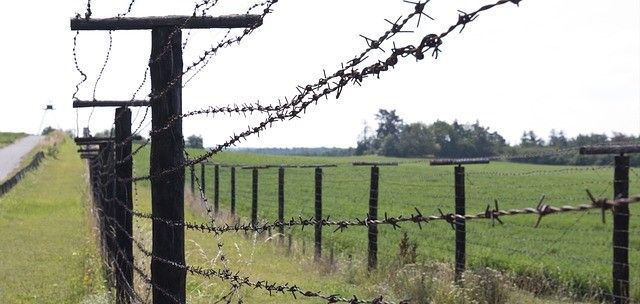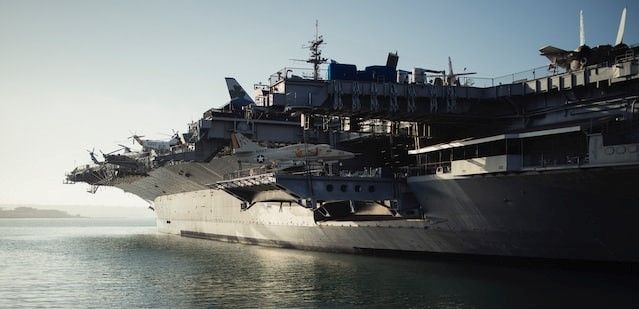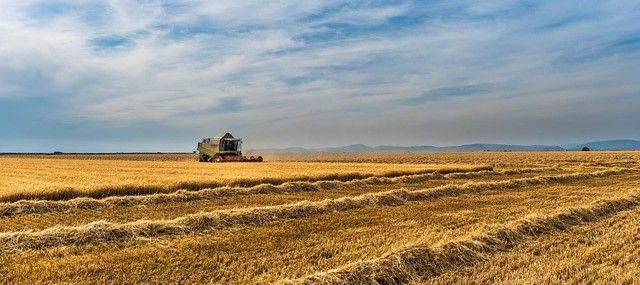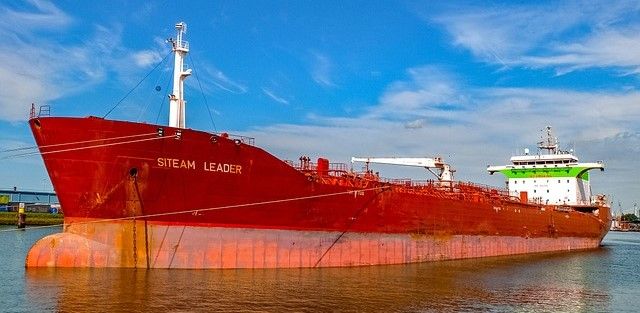While the fighting in Ukraine has never left its country’s borders, the effects of Russia’s invasion have sent shock waves across the global economy.
Its impact has been felt in almost every market and every household.
Global Economy
“Before the war, Europe, just like the US, was still in the midst of a post-pandemic recovery, experiencing inflationary pressure due to strong demand and weak supply [a result of] problems with global supply chains brought about by the pandemic,” notes the UK’s National Institute of Economic and Social Research (NIESR). “GDP growth around the world has definitely taken a hit. According to data from the World Bank, the global GDP growth for 2022 was around 2.9 per cent.”
It is now forecasting global growth for 2023 to slow to 1.7%.

Many of the factors in play have a ‘knock on’ effect. The war pushed up energy prices, increasing prices for many goods, which resulted in inflation which led to higher interest rates which reduced investment. But more than this, it has created a more fragile world.
Fragility in Europe
While economically far better off than most, Europe is certainly in a fragile position. It has a war on its border, it is militarily and financially supporting Ukraine against a nuclear power, it is helping to rehome most of the more than 8 million Ukrainian refugees, and it has had to invest heavily to keep its industry moving and to avoid its population freezing without Russian gas and oil.
Looking ahead, it faces years of turmoil as the war drags on and will likely continue its sanctions against Russia for as long as the war lasts – possibly years.
Many see this outcome as a new Iron Curtain across the continent, only 30 years after the fall of the old one.

Fragility in Asia
While China maintains a reasonable relationship with Russia, the war in Ukraine has stirred up tensions in Asia.
As ABC News reports, “The war has made Russia a pariah in the West. Yet Moscow is not entirely friendless. Russia has strengthened economic ties with China, though Beijing is keeping its distance from the fighting and so far has not sent weapons. [But] China is closely watching a conflict that may serve as encouragement [for] … any attempt to reclaim self-governing Taiwan by force.”

Whether China seeks to gain influence over Taiwan while the US is indirectly engaged in Ukraine remains to be seen. But Russia is already increasing tensions in Asia by strengthening military links and cooperation with Iran and North Korea.
As Tracey German, a professor of conflict and security at King’s College London, notes, the conflict has widened a rift between the “U.S.-led liberal international order” on one side, and an aggressive, wounded Russia and an emboldened rising superpower China on the other.
Banking Instability
Fuelled by uncertainty and fragility in the global economy. Investors have sought ‘safer bets’ by investing in wealthier nations, where yields are traditionally higher. This has led to a withdrawal of investment funding in developing nations, many of whom were desperately trying to restart their economies after the pandemic (especially smaller nations dependent on tourism).
“This financial exodus led to widespread currency depreciations for developing countries against the US dollar. On top of higher import prices, a country’s plunging currency also makes servicing foreign debt more expensive,” explains Alex Kozul-Wright, an economics analyst and researcher at the Third World Network’s Finance and Development team. “To cover the shortfall, mature emerging economies like Brazil and India issued bonds in their own currency. To halt depreciations, they also drew down large stockpiles of international reserves. But for most of the developing world, these measures were not an option.”
This has left poorer countries far more fragile than before.

With a shortfall in investment, many governments have been forced to ask for loans from the IMF.
According to a Boston University estimate of IMF financing, the volume of loans awarded by the IMF in 27 various programs will equal $95 billion by the end of 2022. This was more than the credit outstanding by the end of 2021 – a figure that was already an historic annual peak.
Food
The biggest difference between living today and living at any time in the past is food security. Russia’s invasion has damaged that security.
“Before the war, Russia and Ukraine were among the world’s top suppliers of barley, maize and sunflower. The two countries accounted for almost 30 percent of global wheat exports in 2021,” reports Al Jazeera. “Supply of these and other staples were critically affected by Russia’s invasion. [Causing] wheat prices to rise by 35 percent in 2022 from the previous year.”
“The prices for commodities like wheat and grains rose sky-high, about 50 – 60 per cent in the early stages of the war,” reports the NIESR. Such that the FAO’s annual food price index (a measure of changes in international food prices) rose by 14.3 percent. In 2022, 222 million people worldwide into acute food insecurity.
Russia is also the world's leading producer of fertilizer.

This has had expensive consequences to every household, but especially in less wealthy countries. “Countries like Tunisia, Morocco and Egypt — one of the world’s largest importers of wheat — were badly hit,” the Al Jazeera report continues. Observing that the country’s bread subsidy programme which costs the government $2.8bn a year would cost an additional $1.5bn in 2022-23. Consequently, the government was, “recently forced into accepting a $3bn loan from the International Monetary Fund (IMF).”
“In countries with outsized wheat subsidies, price rises have had humanitarian and fiscal costs. More generally though, world hunger remains severe,” highlights Maximo Torero, chief economist at the United Nations Food and Agriculture Organization (FAO).
Energy Supply and Price Instability
One of the earliest impacts of the war beyond Ukraine’s borders was soaring energy prices, as Europe quickly realized how dependent it was on Russia for heating and petrochemical raw materials.
The fact that the mature, developed economies of Europe could be so exposed to freezing or having entire industries close down has left everyone considering the fragility of their own energy supplies. How would they cope? Would they cope?
To learn more about how Russia’s invasion has impacted global energy supply read: How the War in Ukraine has Changed the World Energy Markets
The EU has survived this crisis thanks to good diplomatic ties they have been able to scramble together sources of liquified natural gas (LNG) from allies in Norway and the US, combining this with near-bottomless funding for the quick building of LNG conversion plants. However, the fragility remains and an unstable rush to self-sufficiency of raw materials and energy has ensued.

War is always disruptive, but Russia’s aggression so close to Europe, with nuclear powers involved, and hundreds of thousands of troops and casualties is more disrupting than most. It has seeded disorder across the shaky global economic recovery. It has precipitated a dire humanitarian situation in Europe, it has driven up the cost of food and other essentials, caused instability in the banking system and increased inflationary pressures globally.
As German concludes, the war has “really highlighted the fragility” of an interconnected world, just as the pandemic did. And the full economic impact has yet to be felt.
Photo credit: Veronika from Pixabay, Jose Antonio Alba, djedj, wal 172619, Greg Rosenke on Unsplash, Michael Afonso, & D Koi